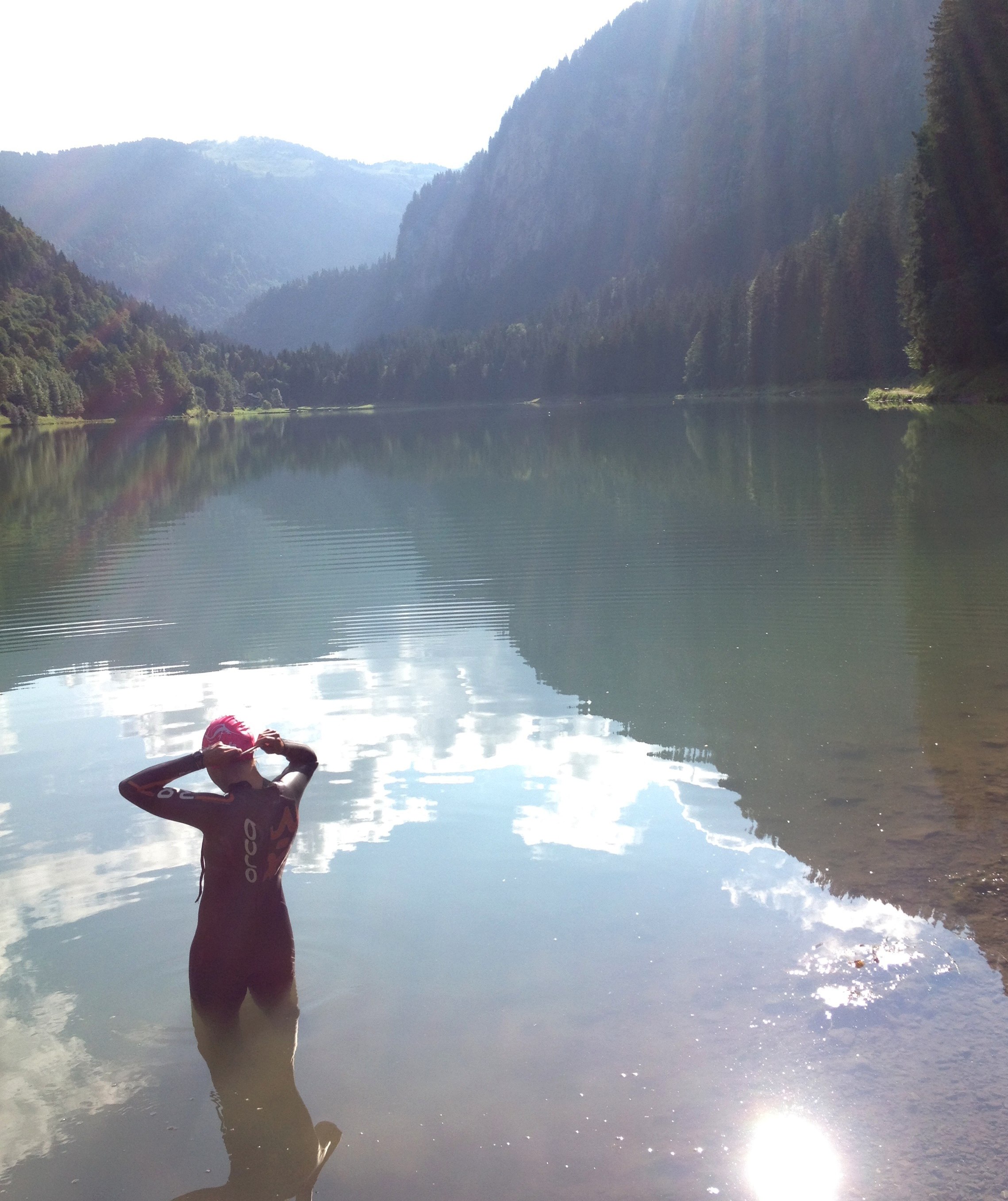Blog: One woman’s journey from amateur to Ironman pro
GB pro Susie Hignett describes the training adaptation, time management and skills focus she needed to go from tri newbie to Ironman 70.3 winner in just two years

When people ask me how I train for triathlon, I tend to say, “A lot!” There’s certainly no escaping it, training for triathlon takes a lot of time. When I was training as an elite cross-country runner I would be doing high mileage weeks, but you are physically limited by how much running you can do without getting injured.
If you say to a lot of triathletes that a two-hour day would be a decent day of training and they would probably laugh! That’s not to say running was easy; technical speed and fast track work certainly took its toll physically and mentally. But even a 100mile week would take less than half the training time of a typical tri week.

The switch to triathlon was a bit of a shock. Introducing the added training hours of two non-weight bearing sports to a busy full time job and you’ve got a time strapped triathlete. Most age-group triathletes will probably agree with me here. All sounds quite tough, hey? Absolutely.
Triathlon remains one of the fastest growing sports, simply because it is brilliant! The very thing that makes triathlon so time-intensive also gives triathletes the excuse to enjoy three sports. So, when you’ve started a sport that is so time-consuming and recently started your post-university career, what better time to decide to also compete as a professional, no? Possibly not my smartest move at maintaining my sanity.
My time management has certainly been pushed to the limit during the last three years balancing a full time job with competing as a professional triathlete. I admit I hovered close to breaking point through most of it, but I managed to squeeze in five Ironman 70.3 pro podiums and a win during this period. Sanity low, morale high!
Whilst working full time I had to balance my priorities: work, social, training and relationships. On top of that I’ve had to prioritise my training and be incredibly flexible.

A good training day on a weekday would see a 5am alarm, starting training with a one hour turbo with some efforts followed by the ride to work, a full day at work and then a steady 20km run home. Some days would see me out from 5am to 10pm – not an ideal time to eat dinner!
My biggest tip to anyone balancing training and work commitments is to use the work commute as part of your training. For me, my commute in the car was about half an hour of dead time. If I could cash in this hour and use it for training, avoid rush hour and generally keep the smile on my face I’d always have a more productive day at work.
My biggest challenge was remembering where my car was for the days I ran into work!
Through the last three years, one of my biggest successes has been the improvement in my swimming. In my first pro race, Ironman 70.3 South Africa 2012, my swim took me 34mins, leaving me a fair bit of work to do on the bike and run. Since then, I’ve worked with my husband to consistently swim the distance in around 25 to 26 minutes.
Rob grew up lifesaving in South Africa and has a knack for focusing on the most important issues of the swim stroke. This has meant he’s managed to turn me, and a number of other poor triathlete swimmers, into a good standard. Now, instead of losing 10mins to the best swimmers, I now come out the water in touch and within a minute or two.

We feel that the secret to improving a weak swim is understanding the difference between an elite swimmer and a 90sec per 100m swimmer. Many sessions I see have coaches trying to teach very weak swimmers the latest cutting edge arm drills, or complicated catch techniques which would be great for knocking tenths of seconds off an elite swimmer’s 100m time, but pretty irrelevant when you’re wiggling all over the place and your toes are dragging on the floor. We’ve spent two years simply working on three things: not crossing over, straightening my body and simplifying my stroke, and I’ve still got some way to go.
It is only now that I’m down to around the 5min per 400m mark that we are starting to include a bit more technical stroke correction. If you didn’t swim as a kid, you’re probably never going to learn to swim like Jodie Swallow. So you’re probably better off appreciating this and learning all the cheats and shortcuts to close the gap as much as possible.
Susie will be reporting for us soon on how her race went last weekend at the Ironman 70.3 Worlds in Mont Tremblant – watch this space!



